![]() Call Now: (213) 536-7242
Call Now: (213) 536-7242
Monday - Friday: ![]() 9.00am to 5.00pm
9.00am to 5.00pm

Application information
Streamlined Application Insights: Laurence Taylor Insurance Services
- # of Employees
- # of Students/Patients
- # of Location
- # of Years in business
- # Hours of operation
In light of the surge in gun violence and mass shootings in the United States, anyone would agree that putting resources into a active shooter incident strategy is a sound investment.
Besides coverage for bodily inury or property damage created by a shooter, insurers are using a wider approach that puts a greater emphasis on risk management and incident recovery, offering elements involving pre- and post-incident preparation. Preventive measures include training staff on how to respond to an active shooter. Post-incident measures include providing payments for counseling, rehabilitation and even public relations.
Information used to assess and evaluate risks
Insurers providing active shooter insurances need a host of information regarding the business or institution including, but not limited to, these questions:
- Are there guards on site? Are they armed?
- Does the organization have an emergency response plan? If so, does the plan address an active shooter event?
- Does the organization monitor social media and other factors to determine employee behavioral threats?
- How many locations are there, and where are they geographically?
- How much cash is on hand? Although money does not motivate most domestic terrorists, cash on hand is a component of risk.
- What are its hours of operation?
- What are the crime rates in that area?
- What is the culture of the organization’s human resources?
- What is the distance of each location to the nearest police and fire departments?
- What is the primary industry code of the organization?
- What is the risk profile of that geographic area? Is it urban or more rural?
- What physical or environmental barriers are in place to prevent attacks?
While your general commercial insurance probably cover any actual harm to your structure, there is a high chance that it might not cover a mass shooting incident or gun violence. While these are intended to safeguard enterprises and people who interact with these institutions from damages they are not intended to cover circumstances in which people open fire in a position of business.
With a proper Active Shooter insurance, you can defend yourself and any individual who communicate with your business, in the occasion that somebody starts shooting at your place with the purpose to kill.







